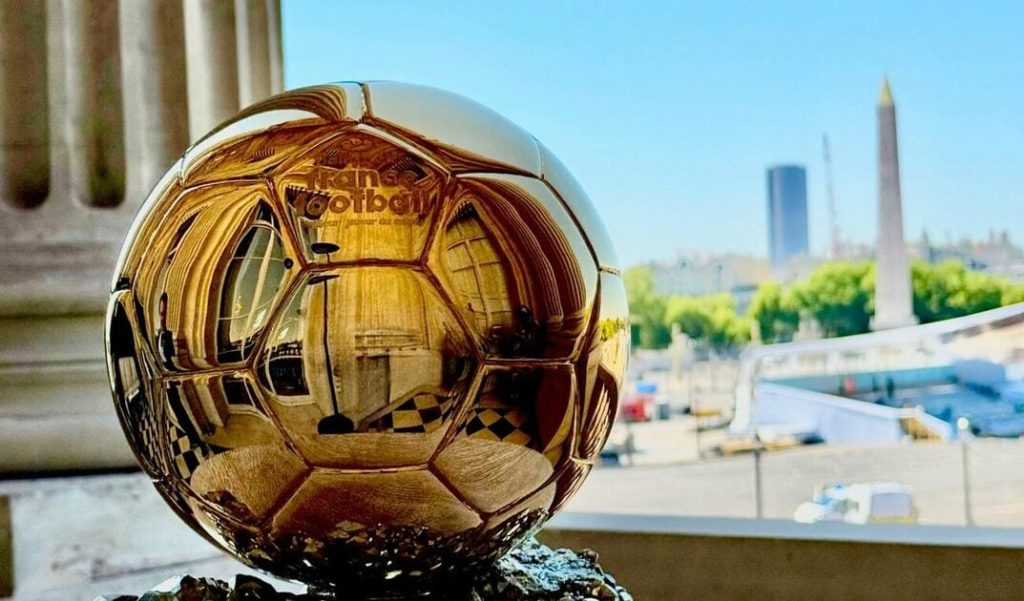The Ballon d’Or, an esteemed accolade in the world of football, has recognized exceptional individual talent since its inception in 1956 by France Football magazine. Initially limited to European players, the award’s scope expanded over time, encompassing all players active in Europe in 1995 and ultimately becoming a global honour in 2007. This evolution reflects the increasingly international nature of the sport, acknowledging outstanding players regardless of their league or nationality. In 2018, the tradition further evolved with the introduction of the Ballon d’Or Féminin, a parallel award celebrating the achievements of women in football, highlighting their growing prominence and impact on the global stage. The award’s history is a tapestry woven with the careers of legendary footballers who have shaped the sport.
The men’s Ballon d’Or boasts a rich history, with early winners like Stanley Matthews, Alfredo Di Stéfano, and Raymond Kopa setting the stage for future generations of footballing icons. The decades that followed saw numerous legends claim the coveted prize, reflecting the shifts in footballing dominance across different nations and leagues. Players like Eusébio, Bobby Charlton, Johan Cruyff, Franz Beckenbauer, and Gerd Müller each left their indelible mark on the award’s history, showcasing their individual brilliance and contributions to their respective teams. The Ballon d’Or became synonymous with footballing excellence, a benchmark against which all players were measured.
As football continued to evolve, the Ballon d’Or continued to highlight the changing landscape of the sport. From the artistry of Michel Platini in the 1980s to the Dutch dominance with Marco van Basten and Ruud Gullit, the award mirrored the shifting power dynamics within European football. The 1990s saw the emergence of new stars like Hristo Stoichkov, George Weah, and Ronaldo Nazário, marking a period of globalisation and increased diversity in the highest echelons of the game. These winners represent not just their individual prowess but also the growing international reach of football.
The turn of the millennium ushered in an era dominated by two titans: Lionel Messi and Cristiano Ronaldo. Their rivalry, spanning over a decade, became a defining narrative of modern football, with both players consistently vying for the Ballon d’Or. Messi, with his mesmerizing dribbling skills and prolific goalscoring, and Ronaldo, with his athleticism and clinical finishing, captivated audiences worldwide. Their repeated victories underscore their sustained excellence and the unprecedented level of competition at the pinnacle of the sport. Other players like Kaká, Luka Modrić, Karim Benzema and Rodri also emerged victorious claiming the prestige title.
The introduction of the Ballon d’Or Féminin in 2018 marked a significant step towards recognizing the achievements of women in football. Ada Hegerberg, the inaugural winner, blazed a trail for future generations, her victory signifying a turning point in the recognition of women’s talent. Megan Rapinoe’s subsequent win further cemented the award’s importance, highlighting the growing influence and visibility of women’s football. The continued success of Alexia Putellas and Aitana Bonmatí further cemented women’s football in the annals of history. Their dedication, talent, and unwavering determination pave the way for aspiring footballers worldwide.
The Ballon d’Or, in both its men’s and women’s iterations, stands as a testament to the enduring allure and global impact of football. From its European origins to its current global status, the award has evolved alongside the sport itself, reflecting the changing dynamics and increasing diversity within the game. The list of winners represents a pantheon of footballing legends, each contributing their unique chapter to the rich tapestry of the sport’s history. As football continues to evolve, the Ballon d’Or will undoubtedly continue to serve as a prestigious symbol recognizing the best in the sport.


